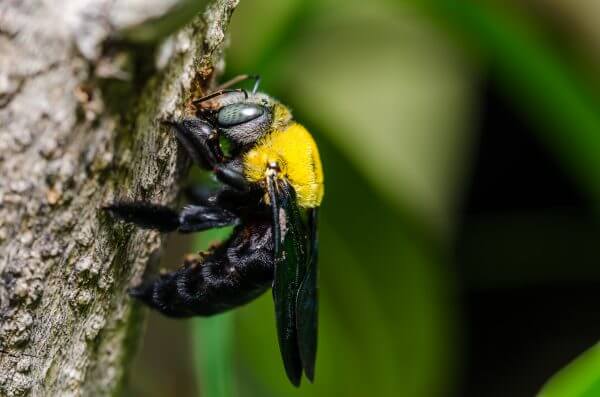Carpenter bees in Georgia can be a real buzzkill. While they don’t typically cause much harm to humans, they can cause some serious damage to wood structures. That means your home could be in danger if you spot some of these swarming around.
Let’s take a deeper dive into how to identify carpenter bees, what kind of potential damage to be aware of, and what steps you can take to prevent them or treat your home if they’ve begun taking over.

Carpenter bee in nature or in the garden. It’s dangerous.
We’d love to help you protect and defend your home from carpenter bees (as well as other insects and pests!). If you have a carpenter bee problem, or you’d like to know more about our services, give us a call today. 706-979-2536
June 10, 2024
June 6, 2024
May 28, 2024
May 23, 2024